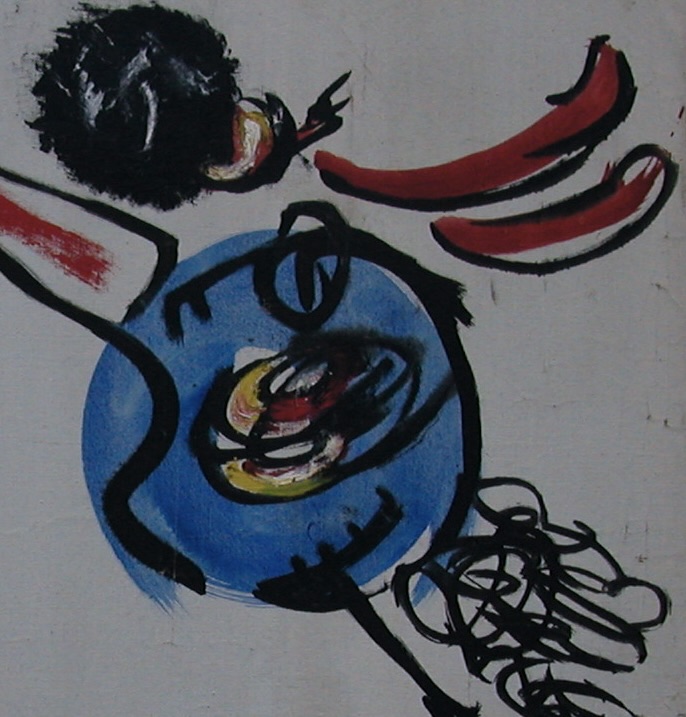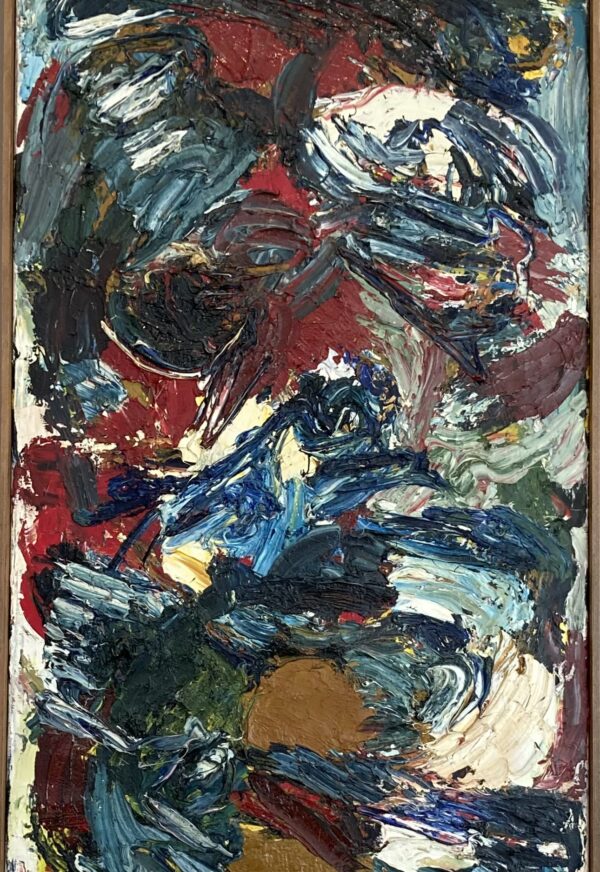1925- Hengelo
1992-Amsterdam
Theo Wolvecamp was a Dutch painter born in Hengelo, Overijssel.
He studied at the Arnhem Academy of Fine Arts from 1945 to 1947 but soon left to develop his own artistic language, seeking greater freedom than academic training allowed. In 1947 he moved to Amsterdam, where he became associated with a group of young experimental artists who later formed the CoBrA movement. Although briefly involved, Wolvecamp chose a more independent path focused on personal expression and material experimentation.
Throughout his career, Wolvecamp explored the expressive power of abstraction. His early paintings reveal spontaneous, organic forms emerging directly from the act of painting. Rather than working from sketches, he allowed texture, colour and gesture to guide his process. Over time, his art evolved from semi-figurative compositions to pure abstraction, marked by rich layers of paint, strong contrasts, and intuitive balance.
In the mid-1950s Wolvecamp returned to his native Twente region, where he worked in solitude for most of his life. The quiet landscape around Hengelo remained a lasting influence. His paintings from this period show a deep engagement with emotion, movement and structure, combining Dutch abstract expressionism with a highly personal sensitivity to nature and material.
Although less publicly visible than some CoBrA contemporaries, Theo Wolvecamp is now recognised as an important figure in post-war modern art in the Netherlands. His works are held in major collections, including Museum de Fundatie, and his legacy is celebrated through the biennial Wolvecamp Prize for Painting, awarded in Hengelo.
His art continues to inspire for its honesty, tactile power and exploration of Dutch modern abstract art as a process of open-ended discovery.

